
Studebaker was an American wagon and automobile manufacturer based in South Bend, Indiana, with a building at 1600 Broadway, Times Square, Midtown Manhattan, New York City. Founded in 1852 and incorporated in 1868 as the Studebaker Brothers Manufacturing Company, the firm was originally a coachbuilder, manufacturing wagons, buggies, carriages and harnesses.

The Flatiron District is a neighborhood in the borough of Manhattan of New York City, named after the Flatiron Building at 23rd Street, Broadway and Fifth Avenue. Generally, the Flatiron District is bounded by 14th Street, Union Square and Greenwich Village to the south; the Avenue of the Americas and Chelsea to the west; 23rd Street and Madison Square to the north; and Park Avenue South and Gramercy Park to the east.
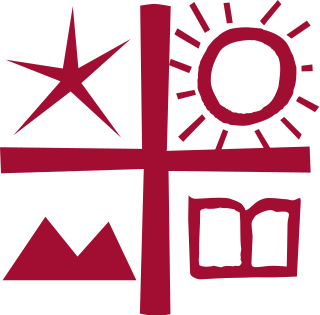
Manhattanville University is a private university in Purchase, New York, United States. Founded in 1841 as a school at 412 Houston Street in Lower Manhattan, it was initially known as the Academy of the Sacred Heart. In 1917, the academy received a charter from the Regents of the State of New York to raise the school officially to a collegiate level, granting degrees as the College of the Sacred Heart. In 1937, it became known as Manhattanville College of the Sacred Heart, and from 1966 to 2024 as Manhattanville College.

The Ford Piquette Avenue Plant is a former factory located within the Milwaukee Junction area of Detroit, Michigan, in the United States. Built in 1904, it was the second center of automobile production for the Ford Motor Company, after the Ford Mack Avenue Plant. At the Piquette Avenue Plant, the company created and first produced the Ford Model T, the car credited with initiating the mass use of automobiles in the United States. Prior to the Model T, several other car models were assembled at the factory. Early experiments using a moving assembly line to make cars were also conducted there. It was also the first factory where more than 100 cars were assembled in one day. While it was headquartered at the Piquette Avenue Plant, Ford Motor Company became the biggest U.S.-based automaker, and it would remain so until the mid-1920s. The factory was used by the company until 1910, when its car production activity was relocated to the new, bigger Highland Park Ford Plant.
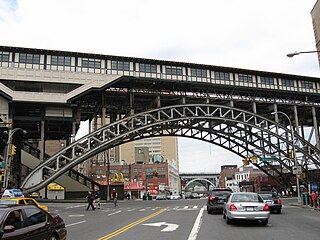
125th Street, co-named Martin Luther King Jr. Boulevard, is a two-way street that runs east–west in the New York City borough of Manhattan, from First Avenue on the east to Marginal Street, a service road for the Henry Hudson Parkway along the Hudson River in the west. It is often considered to be the "Main Street" of Harlem.

Manhattanville is a neighborhood in the New York City borough of Manhattan bordered on the north by 135th Street; on the south by 122nd and 125th Streets; on the west by Hudson River; and on the east by Adam Clayton Powell Jr. Boulevard and the campus of City College.
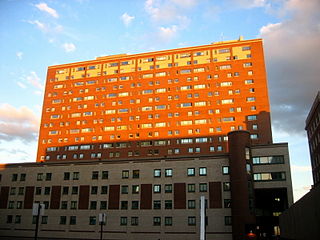
East Campus is a prominent building on the Morningside Heights campus of Columbia University in New York City, located along Morningside Drive between 117th and 118th Streets. One of the tallest buildings in the neighborhood, it serves primarily as a residence hall for Columbia undergraduates, although it also contains a small hotel, the university's Center for Career Education, its Facilities Management office, and the Heyman Center for the Humanities. East Campus, a $28.7 million facility, was designed by Gwathmey Siegel & Associates Architects and built in 1979-1982.

Wallach Hall is the second oldest residence hall on the campus of Columbia University, and currently houses undergraduate students from Columbia College as well as the Fu Foundation School of Engineering and Applied Science.

Hogan Hall is a dormitory of Columbia University primarily reserved for fourth-year undergraduate students. The dorm is popular for its suite configurations as well as its central location. Built in 1898 as a nursing home, the building was converted to graduate student housing in 1977. It was named after Frank S. Hogan. It was converted into an undergraduate residence in 1994, then renovated in 2000 with the completion of a new entrance connecting it to Broadway Hall, designed by Robert A.M. Stern Architects. Located at the corner of 114th Street and Broadway in the Manhattan neighborhood of Morningside Heights, the building is named for former New York District Attorney Frank Hogan.
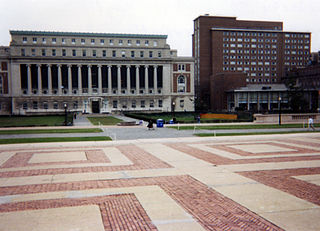
Carman Hall is a dormitory located on Columbia University's Morningside Heights campus and currently houses first-year students from Columbia College as well as the Fu Foundation School of Engineering and Applied Science.
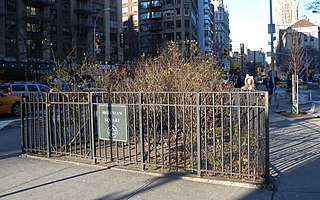
Sherman Square is a pocket park bounded by Broadway, Amsterdam Avenue, and West 70th Street on the Upper West Side of Manhattan, in New York City. It was named in 1891 for William Tecumseh Sherman who lived in the area and died that year.
The Studebaker Building is a former structure at 1600 Broadway on the northeast corner at 48th Street in Manhattan, New York City. It was erected by the Juilliard Estate, in 1902, between Broadway and 7th Avenue, in the area north of Times Square. It was demolished in 2004 to make room for an apartment tower, a twenty- five story, 136 unit, luxury condominium designed by architect Einhorn Yaffee Prescott.
Studebaker Building may refer to:

The Piquette Avenue Industrial Historic District is a historic district located along Piquette Street in Detroit, Michigan, from Woodward Avenue on the west to Hastings Street on the east. The district extends approximately one block south of Piquette to Harper, and one block north to the Grand Trunk Western Railroad Line. It was listed on the National Register of Historic Places in 2004.

The Church of St. Joseph of the Holy Family is a Black Catholic parish church of the Roman Catholic Archdiocese of New York, located at 401 West 125th Street at Morningside Avenue in the Harlem neighborhood of Manhattan, New York City. It is the oldest existing church in Harlem and above 44th Street in Manhattan. On June 28, 2016, it was designated a New York City Landmark.

Sheffield Farms Stable was a historic stable located in Manhattanville, Manhattan, New York. Designed by Frank A. Rooke, it was a six-story, light colored brick building with terracotta ornament. It was originally built in 1903 as a two-story stable building for the Sheffield Farms dairy, then expanded to its present size in 1909. It housed horses used for the delivery of pasteurized milk until July 1938. It was sold in 1942, after which it housed a real estate company, insurance company, and warehouse.

The Church of the Annunciation is a Roman Catholic parish church, located in Manhattanville/West Harlem in Manhattan. Founded in 1853, it is a parish of the Archdiocese of New York under the pastoral care of the Piarist Fathers The church is located at 88 Convent Avenue. Annunciation School is located at 461 West 131st Street but was closed in 2014. The pastor is the Rev. Orlando Rodriguez, Sch.P.
Annunciation School was a co-educational Roman Catholic elementary school established in 1852 as a school for boys. It was part of Annunciation Church parish in the Archdiocese of New York. The school building, which was dedicated in 1907, is located at 461 West 131st Street in New York City's area of Manhattanville.
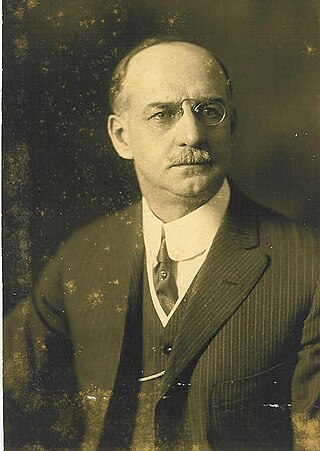
Frank Aydelott Rooke, known professionally as Frank A. Rooke, was a New York architect who designed the historic Claremont Riding Academy and numerous other structures of significance that are either in National Historic Districts or listed on the National Register of Historic Places in the tri-state area.

Prentis Hall is a historic building located on the Manhattanville campus of Columbia University at 632 West 125th Street. It houses the university's department of music and the Computer Music Center, as well as facilities for the School of the Arts. It is one of three historic buildings that survived in the university's Manhattanville plan, the others being the Studebaker Building and the Nash Building.

















